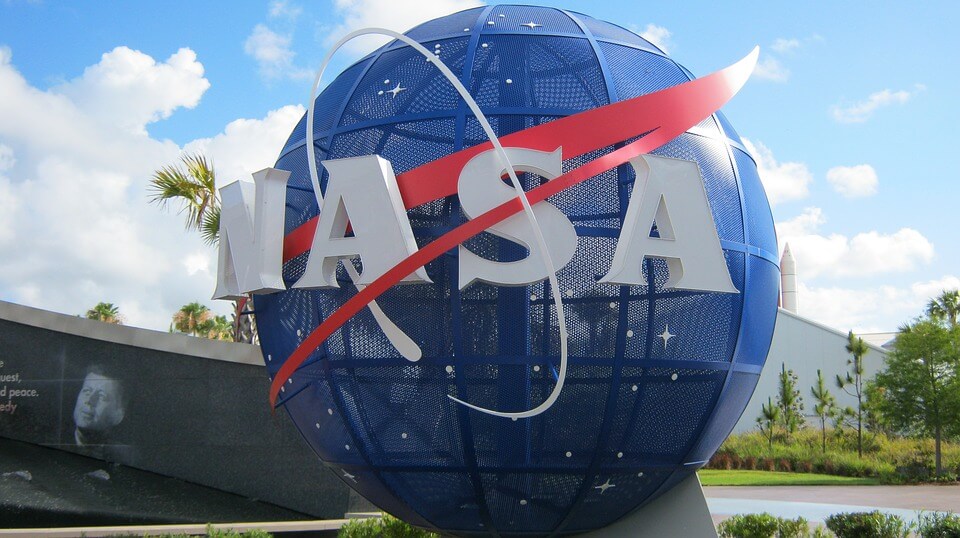NASA’s new Flight Opportunities Program plans to expand beyond the scope of launching astronauts. The agency is currently working with commercial suborbital private transportation systems to deliver more personal into space. They also noted that this is the first time that a program they initiated, started an effort to enable NASA personnel to fly on future commercial suborbital spaceflights. The program also recently stated that they will now allow non-NASA employees to accompany their payloads/cargo in suborbital space.
The Flight Opportunities Program will enable a new wave of scientists and investigators to go aboard a suborbital spacecraft if they qualify for the job.
“We’ve seen how the industry can develop innovative crew transportation systems that meet NASA’s safety requirements and standards,” “Now we’ll be looking at a new way of enabling NASA personnel to fly on commercial suborbital space systems by considering factors such as flight experience and flight history.”
Kathy Lueders, Associate Administrator for Human Exploration and Operations at NASA
Commercial suborbital spaceflight capabilities are more accessible and affordable than missions to the International Space Station. This could provide NASA with additional commercial human spaceflight to conduct testing and qualification of spaceflight hardware, human-tended microgravity research, and additional training for astronauts and other NASA personnel. By developing a comprehensive training program for astronauts and astronaut candidates, suborbital crew space transportation services could provide even more training opportunities for NASA astronauts, engineers, scientists, operators, and trainers. Doing this, the agency gets lower costs, a new influx of potential personal, and opens the door to private contractors, other than the usual suspects. NASA awarded contracts to Boeing and SpaceX to develop a human space transportation systems that will launch American astronauts on American rockets from American soil. On May 30, 2020, the SpaceX Demo-2 mission launched and was a total success. Case in point that NASA does not need to build every spacecraft, and they can use private rockets for future endeavors.
Follow TechTheLead on Google News to get the news first.





















